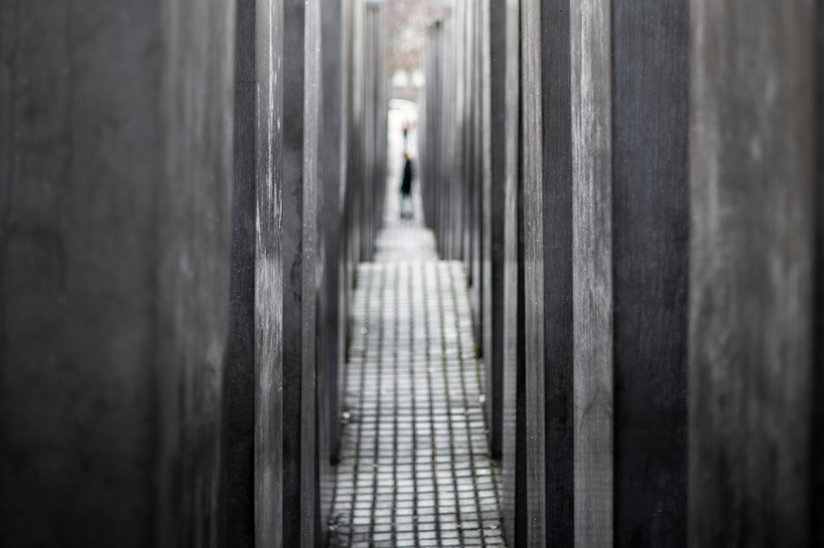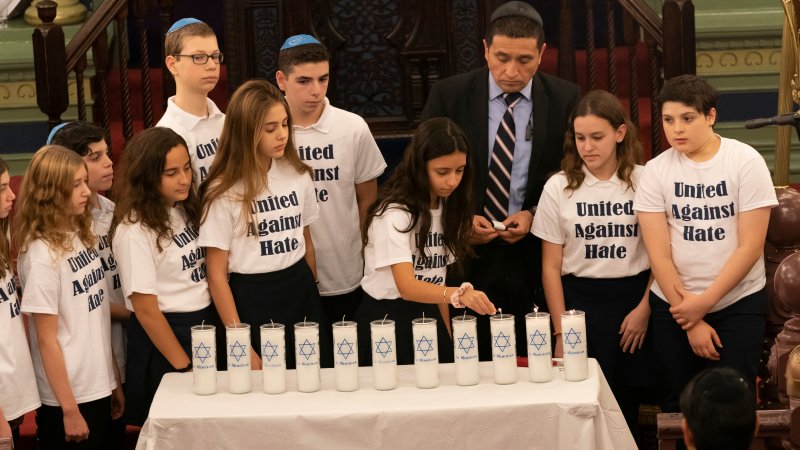
-
HOME
-
WHAT IS STANDOur Mission Our Values Our Help Contact
-
WHAT WE FIGHT FORReligious Freedom Religious Literacy Equality & Human Rights Inclusion & Respect Free Speech Responsible Journalism Corporate Accountability
-
RESOURCESExpert Studies Landmark Decisions White Papers FAQs David Miscavige Religious Freedom Resource Center Freedom of Religion & Human Rights Topic Index Priest-Penitent Privilege Islamophobia
-
HATE MONITORBiased Media Propagandists Hatemongers False Experts Hate Monitor Blog
-
NEWSROOMNews Media Watch Videos Blog
-
TAKE ACTIONCombat Hate & Discrimination Champion Freedom of Religion Demand Accountability
Teaching Our Children Bigotry
You’ve got to be taught to hate and fear,
You’ve got to be taught from year to year,
It’s got to be drummed in your dear little ear,
You’ve got to be carefully taught.
– Oscar Hammerstein
Just as the song goes, hate is not a natural thing. It is a learned thing.
And what are some sources of this “learning”? An abusive or bigoted parent. A negative experience that left blame misplaced on a person or group. One’s need to feel included in a group—one that subscribes to hate and prejudice. These are just a few of the many ways that one can be taught to hate.
And then, of course, there’s always school.
School? No, no, that’s not right. School is where we’re taught the facts, the true causes of everything, from 1+1=2 to why the sun rises to what set World War II in motion. In a school environment where facts are sacred, a child would never be taught bigotry.
Or would he?

At a public elementary school in Washington, D.C., the secret slipped out last month. Though the instructor had warned the third graders not to tell anyone about the Holocaust re-enactments going on in the library, some parents and the homeroom teacher found out.
The enactments took place during the students’ allotted research time for a project to be presented later in the year, including scenes from the Holocaust as chosen by the instructor.
The scenes included classmates pretending to dig mass graves, then killing the victims; getting loaded onto cattle cars on the way to concentration camps, then “dying” in gas chambers. A Jewish student was assigned the “role” of Adolf Hitler, and at the end of the re-enactment, he was to “die” by suicide.
Just as the song goes, hate is not a natural thing. It is a learned thing.
When the children asked the instructor why the Germans did this, the instructor’s answer was: “Because the Jews ruined Christmas.” That apparently was just one of many anti-Semitic remarks she made.
That instructor is now “on leave.”
The principal has issued this statement via email: “I want to acknowledge the gravity of this poor instructional decision, as students should never be asked to act out or portray any atrocity, especially genocide, war, or murder.”
To put it mildly. Very mildly.
Other hate incidents have popped up at schools in our nation’s capital. Swastikas, the n-word, and “White Power” drawn on a high school boy’s bathroom wall, to cite a few examples.
So here is a question: can we please put hatred “on leave?”
Can we please send out an “email statement” acknowledging the “poor instructional decision” of generations and centuries of carefully taught bigotry?
Can we please enact scenes of love and tolerance and understanding during our research time in the library?
At least then we wouldn’t need to keep it a secret.









